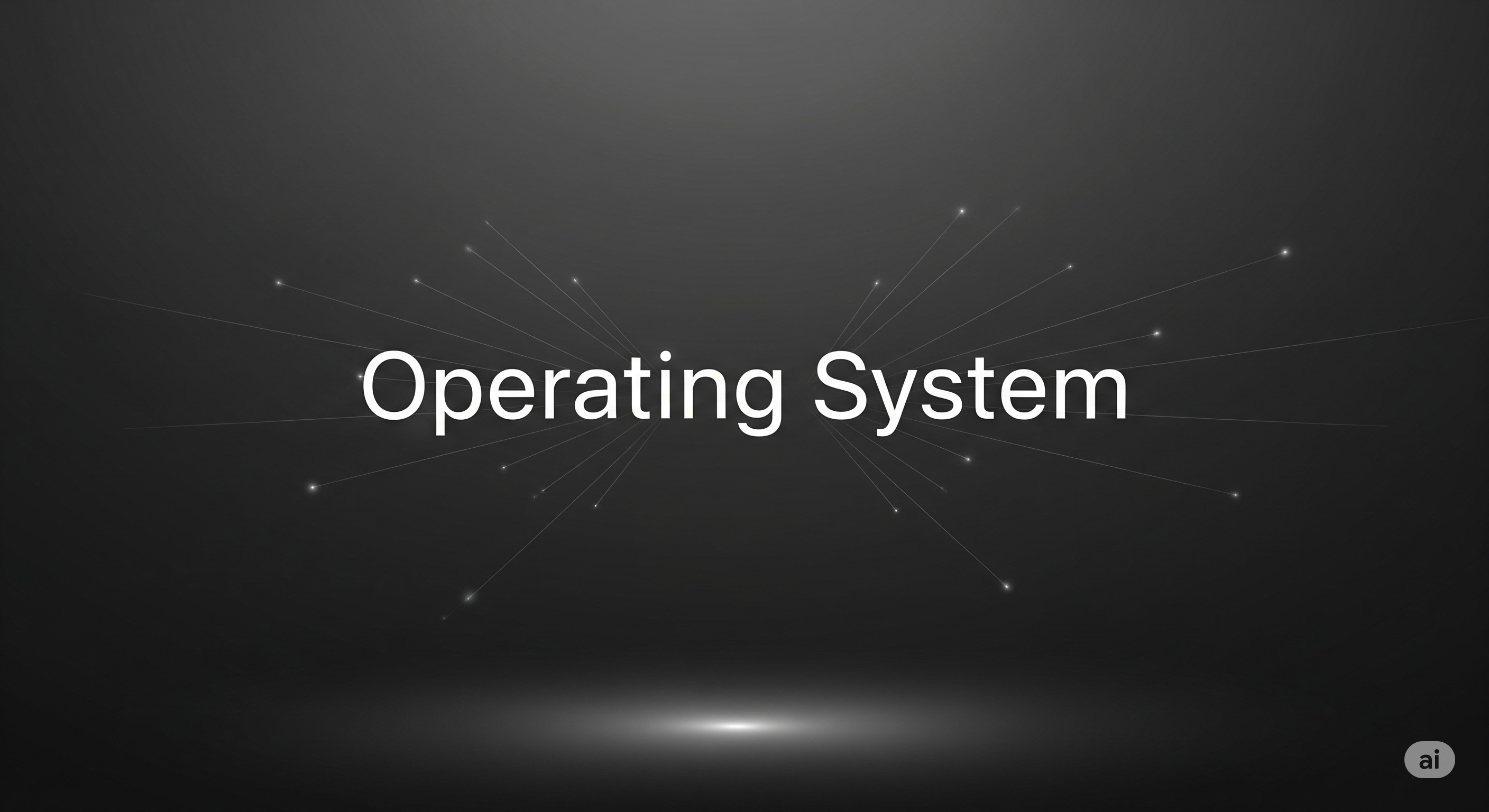Understanding of Operating System

An operating system (OS) is the backbone of any computing device. Whether you're using a laptop, smartphone, or server, the OS is responsible for making sure the hardware and software communicate smoothly. Without it, a computer would be practically unusable, as users wouldn’t be able to run applications, browse the internet, or even turn the machine on in a meaningful way.
The primary role of an operating system is to manage resources such as the processor, memory, disk space, and input/output devices. It keeps track of system performance, manages files and directories, and handles tasks like starting applications or shutting down processes. For instance, when you open a web browser, the OS decides how much memory and processing power to allocate to that application so it runs efficiently.
Additionally, operating systems include a user interface, which may be command-line based or graphical (GUI). Icons, windows, and menus in well-known GUIs like Windows or macOS facilitate user navigation. For more experienced users, however, command-line interfaces, such as those used in Linux or Unix, provide more direct control via typed commands. Both novice and experienced users can interact with computers in ways that suit their comfort levels thanks to this duality.Another essential component of every operating system is security. It guarantees that harmful software cannot readily damage the system and that unauthorized users cannot access private data. To safeguard devices from dangers, the majority of contemporary operating systems come with features like firewalls, user account management, password protection, and frequent upgrades.
In summary, the operating system is essential to the operation of every contemporary computing device. The OS is genuinely the hidden hero of technology, handling everything from hardware resource management to creating safe, intuitive surroundings. Operating systems will change to satisfy new requirements for speed, efficiency, and security as technology advances.